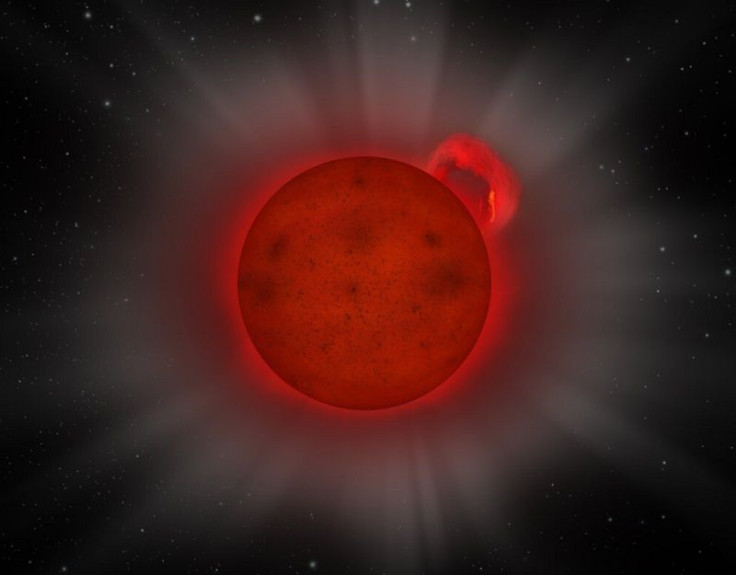Astronomers Puzzled By Tiny Star's 'Super Flare' More Massive Than Our Sun's

KEY POINTS
- Star J0331-27 is just about eight percent of our Sun's mass
- Data shows that its 'super flare' released 10 times more energy than the Sun's
- Astronomers are puzzled as to how such a massive flare is possible on a tiny star
Astronomers spotted an enormous X-ray flare from data taken by the European Space Agency’s (ESA) XMM Newton X-ray observatory on July 5, 2008, while they were studying the XMM Newton data archive.
What’s even more interesting about the find is that the so-called “super flare” was actually emitted by a tiny star that is just a mere fraction of the size of our Sun. In fact, according to the astronomers, the tiny star known as J0331-27 is an L-dwarf star, which means that it is just above the boundary of meeting the conditions of being an actual star. If it had been any smaller in mass, it would not even be considered as a star.
However, this tiny star that is just about eight percent of the Sun’s mass emitted a super flare so massive that it released over 10 times more energy than even the most intense flares of our Sun in just a matter of minutes.
Tiny Star, Massive Flare
The energy that stars release during such flares may only be stored in the star’s magnetic field and created in high-temperature environments. Solar flares typically occur when the magnetic field in the star’s atmosphere becomes unstable and collapses, thereby releasing a part of its stored energy in a flare.
However, tiny stars such as J0331-27 have much lower temperatures compared to stars like our Sun, which then raises the question of how it was able to generate enough charged particles to result in such a massive superflare.
In other words, it did not seem possible for a star that small to generate a flare that massive.
“This is the most interesting scientific part of the discovery because we did not expect L-dwarf stars to store enough energy in their magnetic fields to give rise to such outbursts,” study team member Beate Stelzer said.
Unique Flare
According to Stelzer, how a tiny star could generate a super flare is still unknown. However, one clue that could shed light on the mystery is the fact that there was only one flare detected in J0331-27 when other flaring stars typically experience smaller flares along with the larger ones. Furthermore, stars that flare more often release smaller amounts of energy with each flare.
This could mean that L dwarf stars such as J0331-27 take much longer to build up energy for a flare then releases it in one go. However, whether this is the case and why this may remain a mystery.
The study describing the find is published in the journal Astronomy & Astrophysics.
© Copyright IBTimes 2025. All rights reserved.






















